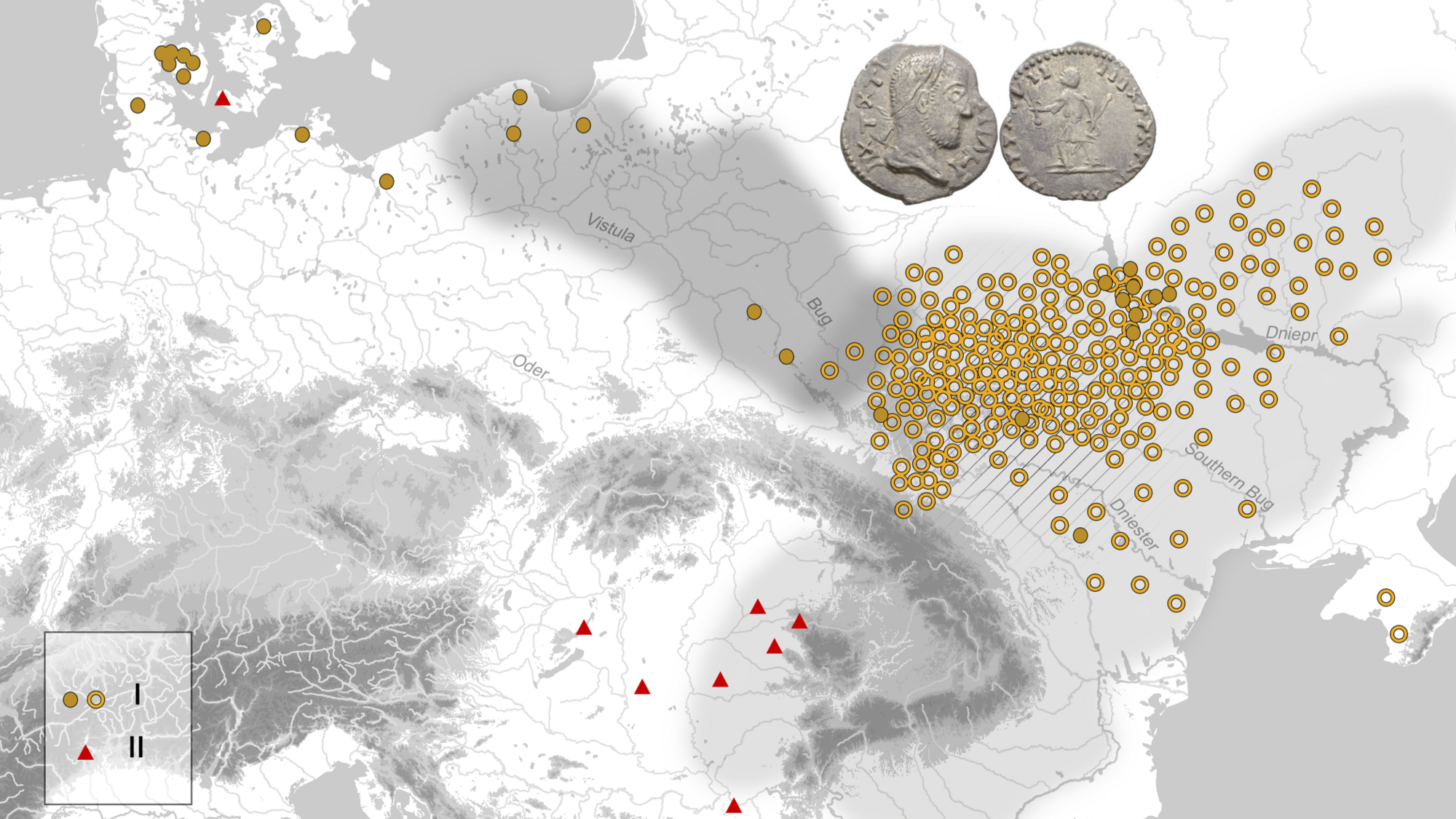Overview
Interaction between Rome and the barbarians who lived to the north of the Empire was to shape the face of European society after the fall of the Roman Empire in West. The contacts between the two worlds were a significant contributory factor in the formation of the new elites who were subsequently to settle in the territory of the old Empire and form the kingdoms of medieval Europe. In order to appreciate fully this transformation, it is important to understand how and why the new elites were formed, and this can best be achieved through the symbols that they employed and the objects on which these were represented.
IMAGMA therefore investigated a specific, exemplary aspect of this fundamental, defining transition. It accessed a previously neglected group of material: imitations of Roman coins produced by the developing elites right across the Barbaricum north of the Roman frontier, and used by them to demonstrate their status. These provide an unparalleled microcosm of this cultural meeting, a unique synthesis of Roman and indigenous societies. Furthermore, coins offer particularly rich potential, reflecting a wider range of functions and intentions, from official production to private usage, from economic to prestige roles, than almost any other class of material culture.
IMAGMA thus provided a significant contribution to understanding how Europe came into being after the collapse of the world of Antiquity, placing it in a long-term historical perspective.

